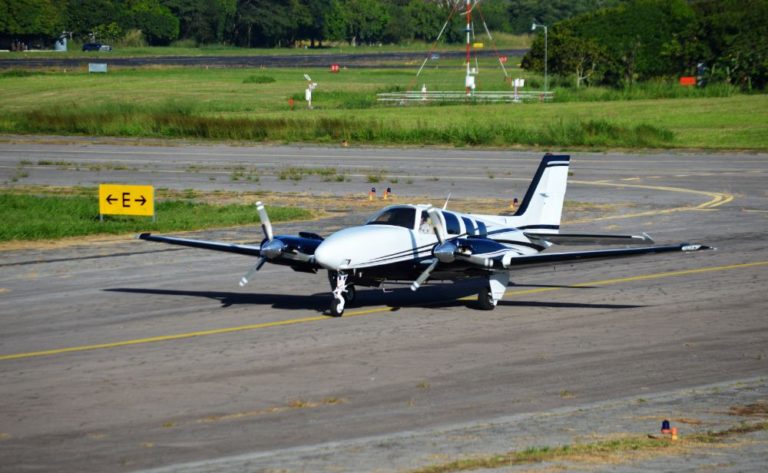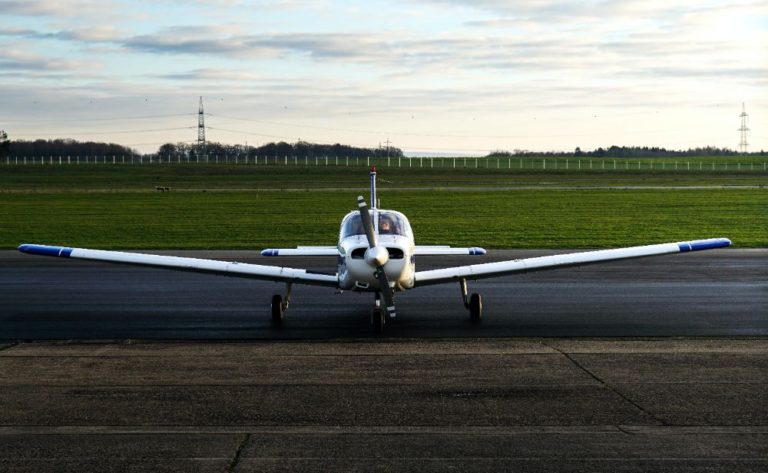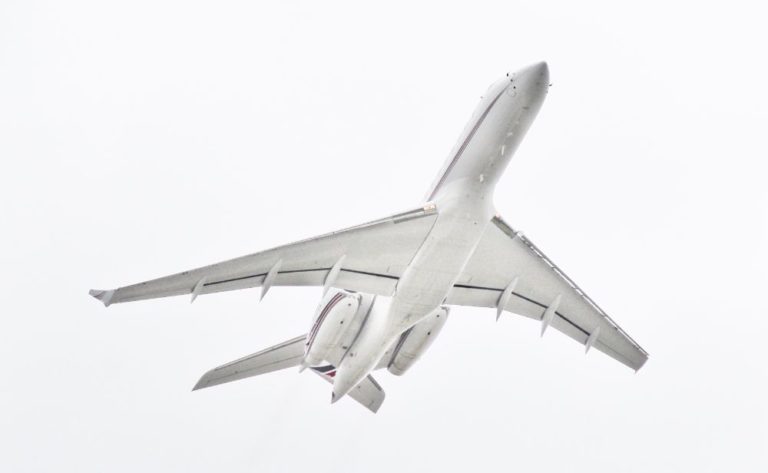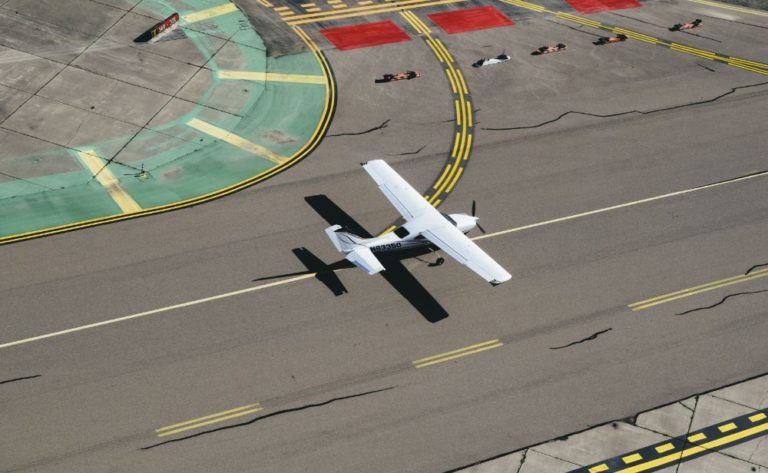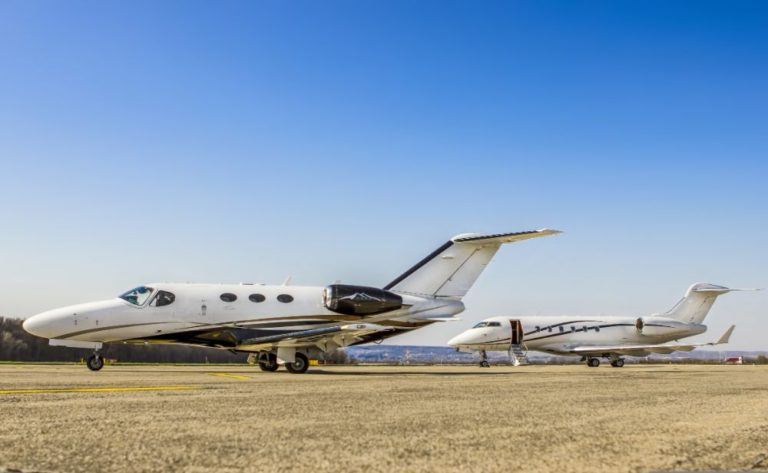How Far Can A Cessna 172 Fly

The Cessna C172 is a well-designed aircraft that is widely used in the aviation industry. Its exceptional maneuverability makes it appealing to a large audience, but its range is only four and a half hours.
Because the Cessna 172 is not only a stable platform but also one that has been tried and tested given that it has been in production since the 1950s, increasing that range is something that is feasible. There are a variety of STCs and methods that can be utilized to lawfully extend its range.
As a pilot who flies for a company and also teaches others how to fly, I have plenty of opportunities to observe firsthand how effectively it functions in educational settings. But there are several changes and alterations that can be made to it so that it may be used on longer flights.
Changes Made to a Cessna to Increase Its Range
We pushed the envelope to see what was possible in terms of using legal modifications to improve the aerodynamics of the aircraft, increase the amount of fuel that the aircraft could carry, and increase the efficiency of the engine.
The challenge here is to increase the amount of fuel that can be carried in the C172 while maintaining the payload at a level that is as close to the initial level as is humanly possible.
The fuel flow on the Cessna 172 is 9 gallons per hour when it is set to Best Power, which gives it an endurance of (40 gallons / 9 gph) 4 hours and 24 minutes. The benchmark for this figure was determined by using the settings.
Fuel Tanks
The amount of fuel that an aircraft is capable of carrying is the primary modification that needs to be taken into consideration when trying to extend its range. A standard Cessna 172 has the capacity to carry forty gallons of avionics gasoline (Avgas). The C172’s fuel capacity can be increased through the use of STC modifications by adding tip tanks and inboard tanks to the aircraft.
Without affecting the centre of gravity envelope, a pair of tip tanks can increase the amount of usable fuel by 23 gallons. However, because the maximum takeoff weight of the aircraft will not change, the increase in fuel weight will result in a decrease in the payload weight.
Although it is also possible to install fuel tanks in the fuselage, doing so would require careful consideration of the aircraft’s structural integrity. When the wings have additional weight added to them, the spar is not forced to flex as much under the load.
The lift provided by the wings causes an upward push, while the weight of the fuselage causes a downward pull due to gravity. When more weight is added to the fuselage, the airframe is subjected to an increased amount of stress. It is also possible that this will result in complications during flight due to the CG moving outside of its envelope.
You will now have a total of 63 gallons of usable fuel if you add the additional 23 gallons of usable fuel, presuming that no other modifications are added to your vehicle. This will give you seven hours of endurance at a height of four thousand feet when you are lean for maximum power.
Adjustments Made to the Exhaust Manifold
The basic Cessna 172 engine can also have its efficiency increased by the installation of STC-approved exhaust modifications. The purpose of the modification is to increase the amount of exhaust gas that is evacuated from the cylinder in order to allow for a greater quantity of fresh fuel and air to enter.
Fresh combustant will provide better combustion, which will result in increased power with decreased fuel consumption if we reduce the amount of spent gases that are in the cylinder. It has been demonstrated that doing this will reduce the amount of fuel flow from a Cessna 172 by between one and two gallons per hour.
As a result of a reduction from 9 gph per hour, which was set for Best Power, and the added manifold savings of an average of 1.5 gph, the C172 is now capable of burning 7.5 gph while having 63 gallons of usable fuel. The new endurance figure that this gives it is (8 hours and 24 minutes), which is derived from the ratio of (63/7.5).
Without undergoing any other modifications, the Cessna 172’s endurance has been nearly doubled in recent years.
Vortex Generators
Vortex generators are small protrusions that are located on the surface of the wing and the fuselage. Their purpose is to energise the boundary layer of the airflow over the wing so that it can continue to be laminar. This has the potential to raise the MTOW while simultaneously lowering the stall speed.
The addition of the vortex generators improves the plane’s stability and allows it to carry additional weight without compromising the effectiveness of the control surfaces. This was made possible by the plane’s design.
It does not have an immediate effect on the fuel flow rates. However, because of this, the aircraft can travel at significantly slower speeds without experiencing a loss of control. The power settings and, consequently, the fuel flow rates may need to be adjusted as a result of this. Just keep in mind that travelling at a pace that is too slow and falling behind the power curve will actually cause you to use more fuel.
Wheel Fairings
Wheel fairings in Cessna 172s have a sizeable influence on the amount of drag that is reduced. A slight increase in weight is a penalty that must be taken into consideration, and it is necessary to account for it. The vast majority of wheel fairings weigh close to fifteen pounds each, which contributes to the overall increase in the aircraft’s empty weight. Despite the fact that the maximum takeoff weight won’t change, the payload will be reduced.
The advantage, on the other hand, far outweighs the disadvantage. When configured to the same level of Best Performance, the C 172 will achieve 10 knots greater airspeed. The power level is being readjusted so that it remains at 122 ktas after the adjustment. The rate of fuel flow has been set at 6.5 gallons per hour.
Because of the reduction in drag, a smaller amount of power is required to maintain the same speed. The fuel flow rate of 6.5 gph results in an endurance time of 9 hours and 42 minutes (63 gallons divided by 6.5 gph). The Cessna 172 has the potential to travel 1183 nautical miles when flying at 122 knots and when there is no wind present.
Air Filter Upgrade
The purpose of the standard air filter is to remove dust particles from the surrounding air and to introduce cleaner air into the combustion chamber. If you don’t have them, there is a good chance that the cylinder wall will become damaged over time. However, because of that air filter, the amount of air that enters the carburetor is significantly reduced.
If you replaced the air filter with a high-flow carburetor, the airflow would improve sufficiently to enhance the power, giving you at least a 1% gain in airspeed in addition to what you already had. Because of this, you will be able to reduce the amount of fuel flow by roughly 2%.
If your fuel flow was reduced to 6.5 gph before you installed the fairings, then you should now be at 6.435 gph after installing them. Although it may not seem like much, the difference is actually (63 gallons at 6.435 gallons per hour) 9 hours and 47 minutes.
Pistons with a High Compression Ratio
Installing pistons with a higher compression ratio does not constitute a modification but rather is something that can be done during the next top overhaul. It is not necessary to obtain an STC or an IA sign-off for this. If your aircraft is in need of an overhaul anyway, purchasing OS will not incur any additional costs.
If you increase the compression, you can expect an increase in BHP output of at least ten horsepower. This will enable you to reduce the throttle, which will result in a reduction of fuel flow rate of one gallon per hour.
Taking off from the fuel flow rate that we now have after installing the high flow air filters, we are at 6.435 gallons per hour. If we take that number and reduce it by 1 gph, we get 5.435, which corresponds to 11 hours and 30 minutes of endurance when travelling at 122 ktas.
In the event that there is no wind, this distance is equivalent to 1400 nautical miles.
Adjusting the Constant Speed Propeller
The typical Cessna 172 comes equipped with a propeller that has a fixed pitch and is adjusted to provide the best possible balance between climb and cruise speeds. You should be able to find the diameter of the prop in your POH. In most cases, a McCauley 76-inch, 53-degree propeller is installed on a C172.
When the density height at your field is skyrocketing in the midst of summer, a plane equipped with a cruise prop will have significant difficulties taking off from the runway. This may not be noticeable to inexperienced pilots or during the winter, but it will be noticeable to experienced pilots.
On the other hand, a propeller that has been optimised for climbing will not be able to reach its full cruise potential because the prop’s average angle of attack with relative wind will no longer be as optimal, and as a result, the ship will not travel at the same rate.
The process of re-pitching your prop is not an expensive one, but it will allow you to change its setting to something that is better suited for cruising. If you do this, you will be able to maintain the same airspeed while reducing the amount of fuel flow by five percent.
A reduction in fuel flow of 5% from 5.435 gph brings the total down to 5.2 gph. This is equivalent to a total of 12 hours of endurance (63/5.2). That is equivalent to 1460 nautical miles when travelling at 122 knots.
Monitors for both EGT and CHT
Individual cylinder probes, each of which provides a readout of all of the engine’s cylinders, make it possible to adjust the mixture in order to achieve both lower fuel consumption and higher power output.
Both optimal performance and optimal fuel efficiency can be achieved when flying a Cessna 172. You need to check your POH in order to figure out what those settings are.
On the other hand, the EGT and CHT monitors that you upgrade to will make it possible for you to find the optimal fuel flow. Because of this, you will have the opportunity to save an additional 0.15 gph. If distance is an issue, you should make every effort to maintain altitude for a longer period of time, particularly when there is a strong tailwind, as this will give you more range.

